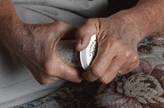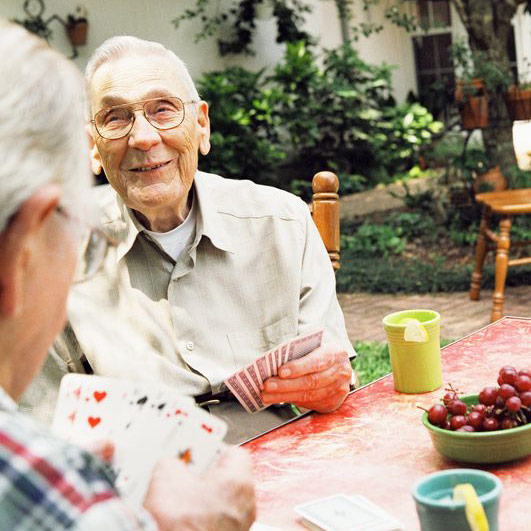
TUESDAY, Dec. 20 (HealthDay News) — More Americans now die from drug overdoses than in car accidents, according to a new government report released Tuesday.
In 2008, poisoning deaths became the number one cause of accidental deaths in the United States and the leading cause of injury death in 30 states, according to the report from the U.S. Centers for Disease Control and Prevention. Ninety percent of these poisonings were linked to drugs, with a surge in deaths from prescription painkiller overdoses reported.
“During the past three decades, the number of drug poisoning deaths has increased sixfold, from about 6,000 deaths in 1980 to over 36,500 in 2008,” said report author Margaret Warner, an injury epidemiologist at CDC’s National Center for Health Statistics, who added that this trend is only expected to continue.
The authors of the report found a 90 percent increase in poisoning deaths since 1999, while deaths from car accidents have dropped 15 percent in the same period.
By 2008, nine out of every 10 poisoning deaths were due to drugs. In that year, some 77 percent of these deaths were unintentional, 13 percent were suicides and 9 percent were of undetermined intent, according to the report.
Over the last 10 years, these increases were seen among both men and women and in all age and race/ethnic groups, Warner said. In 2008, the highest rates were among males and those aged 45 to 54.
In 2008, more than 40 percent of poisoning deaths were due to opioid painkillers. That’s way up from 1999 when these drugs were involved in only 25 percent of these deaths, Warner said. “CDC has called this an epidemic,” she noted.
In 1999, there were 4,000 deaths related to painkillers, but by 2008 that number had tripled, to almost 15,000 deaths, according to the CDC.
These deaths also vary by state. Although it isn’t clear why drug deaths vary across the country, one reason might be the different laws states have for controlling the use of prescription painkillers, Warner said.
Deaths are an accurate way to get a handle on the size of the problem, because these are definitive data, Warner said.
Dr. Jeffrey Bernstein, medical director of the Florida Poison Information Center at the University of Miami Miller School of Medicine, said “we knew this was coming; it shouldn’t shock anybody. It’s disturbing though.”
More attention needs to be devoted to this problem, Bernstein noted. “It needs to be attacked from multiple angles and multiple levels in the way we have made headway in trauma,” he said.
“There are newer and better drugs and that’s great for treating people’s pain, but they come with a price,” Bernstein pointed out. “There is addiction and interactions with other drugs, and potential for overdose and misuse.”
The number of users and abusers of these drugs is much greater than those who die from them, Warner added. “This is the tip of the iceberg,” she said.
By 2010, 12 million Americans said they were using opioid painkillers without a prescription. In 2009, almost 500,000 emergency room visits were for abuse of these painkillers. This costs health insurance companies as much as $72 billion a year in direct costs, the CDC said in a November report.
Dr. Chris Jones, a CDC health scientist who was not involved in the latest report, said that deaths from opioid painkillers have “increased significantly over the last decade. We have also seen an increase in people who have nonfatal overdoses who are showing up in emergency departments.”
“In fact, there was a 98 percent increase in emergency room visits due to pharmaceutical drugs, which includes these painkillers, between 2004 and 2009,” Jones said. These emergency room visits are greater than those seen for overdoses of heroin and cocaine, he added.
The dramatic increase in deaths and overdoses from prescription drugs is due to a vastly increased use of these drugs by doctors. “Between 1999 and 2010, the sales of these drugs increased fourfold,” he explained.
“Part of this is an attempt to better treat pain. As we have seen the medical use go up, we have also seen the abuse of these products go up,” Jones said.
“We have to make sure we are using these drugs appropriately,” he added. “This starts with the health professional screening patients and making a conscious decision before prescribing these drugs that it’s really needed.”
Patients need to understand that these drugs have risks, Jones pointed out. “They should not be shared with others; they should be stored in a safe area and they should be disposed of properly,” he said. “Getting at how the medications are prescribed and used, we can really start to reverse the epidemic.”
More information
For more on prescription drug abuse, visit the U.S. National Library of Medicine.

